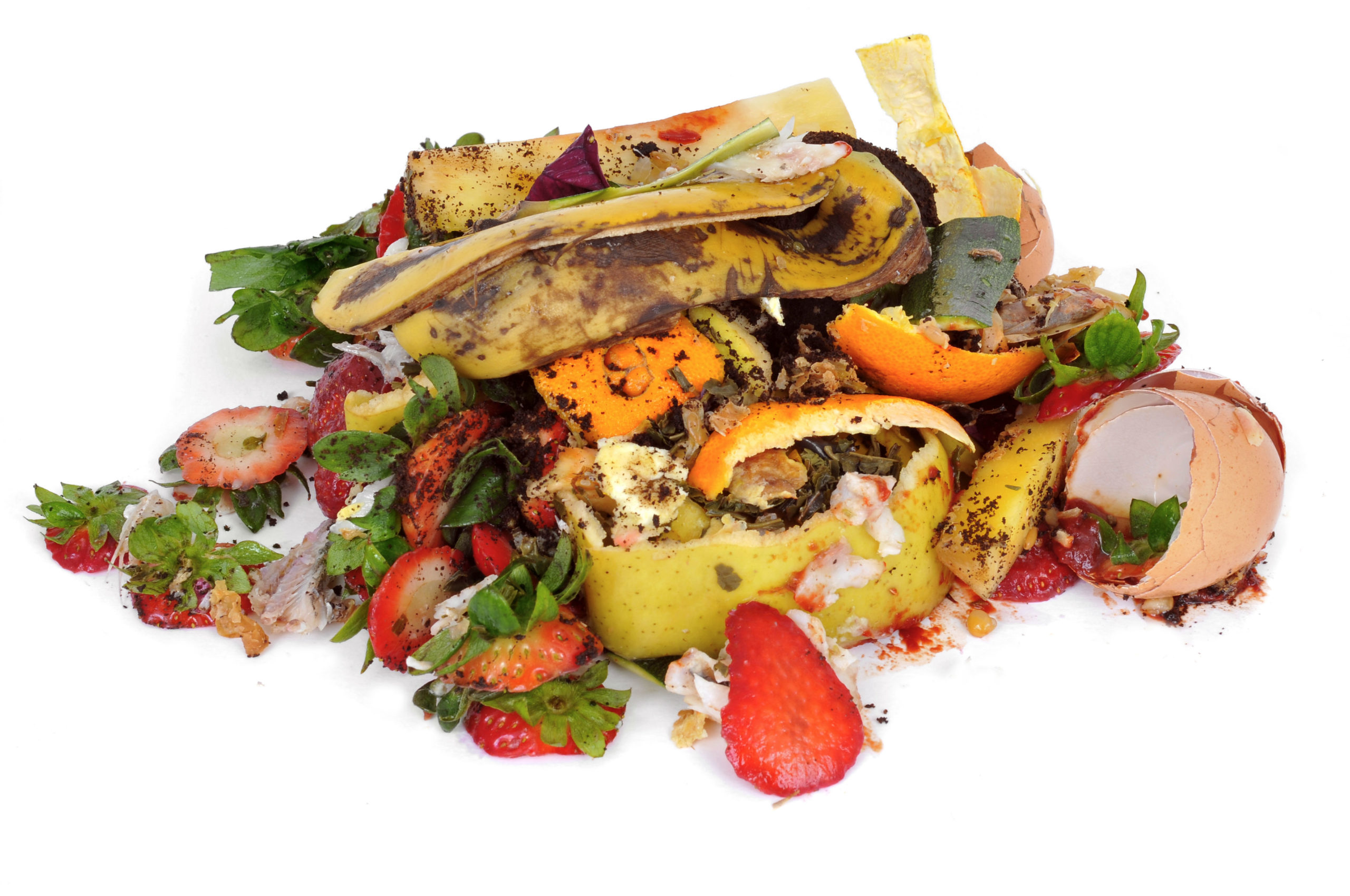Luís Campos Rodrigues and Maria Mestre Monserrat (ENT)
Estimates from FAO show that approximately one-third of the global food produced for human consumption is wasted each year [1]. The proportion of food wastage reaches 30% in cereals, 20% in dairy products, 35% in fish and seafood products, 45% in fruits and vegetables, 20% in meat, 20% in oilseed and pulses, and 45% in roots and tubers [1][2].
This process is noticeable along the various stages of the food chain, with the most significant part of food wastage corresponding to the stage of consumption (52%), followed by production (23%), and handling and storage (12%). The remaining part corresponds to the stages of transport and logistics, and processing and packaging [3][4]. The causes of food wastage are quite diverse, including consumption habitats, an excess of production over demand (in industrialized countries), premature harvesting, poor market facilities, confusion about food labelling, and extended food chains [1][3].
Nevertheless, the increasing awareness of this problem has led to the development of various food waste prevention and reduction initiatives. Examples of good practices include [5]: the development of awareness campaigns (e.g., the documentary film “Taste the waste” [6]); the use of discarded food products in social meals (e.g., “DiscoSoup” by the Slow Food Youth Network [7]); training programs aimed at supporting the reduction of kitchen waste by households (e.g., “Anti-waste workshops – Cooking Classes”5); and the support made by public authorities to food businesses in order to optimize their menu portions and donate food (e.g., “FoodSave London” [8]; “Menu dose certa” [9]). Moreover, at the legislative level, the French Senate approved an innovative law at the beginning of this year, with the aim of banning food wastage in supermarkets [10]. Another initiative of this kind includes the discussion of a bill on food wastage by the Parliament of the Autonomous Community of Catalonia (Spain) [11].
One of the United Nations (UN) Sustainable Development Goals (SDGs) for 2030 is to “end hunger, achieve food security and improved nutrition and promote sustainable agriculture” [12]. This goal has to consider the expected significant increase in food demand, which will be directly linked to the increase in the world population in the coming decades. According to FAO projections for 2050, agricultural production may have to rise by 60% to meet food demand in comparison with the 2005/2007 levels [13][14].
It is important to integrate the concept of food sovereignty in food wastage prevention and international sustainable agriculture goals. Food sovereignty expands the concept of food security, which mostly focus on ensuring that people have sufficient food to meet their nutritional needs and to support a healthy and active life. Food sovereignty adds up the need to develop fair and sustainable food systems. This involves, inter alia, focusing on the support of local livelihoods, putting local suppliers at the core of the decision making process, promoting sustainable agriculture practices, and shortening food circuit schemes. Moreover, food sovereignty is closely associated with the promotion of a fairer international trading system, which may contribute to the reduction of food surpluses and losses in industrialized countries [15].
Food waste prevention and reduction must be part of current and future food-based policies, and a cross-cutting concern for all stakeholders involved in the food chain. Moreover, the promotion of a better use of food products must go hand in hand with a broad change in consumption habits. One expressed concern is the potential rebound effect of food waste prevention initiatives, where economic savings could lead to an increase in substitute consumption [16][17].
- [1] FAO (2011) Global food losses and food waste – Extent, causes and prevention. Rome. In: http://www.fao.org/docrep/014/mb060e/mb060e00.pdf.
- [2] http://www.fao.org/save-food/resources/keyfindings/en/.
- [3] HLPE (2014) Food losses and waste in the context of sustainable food systems. A report by the High Level Panel of Experts on Food Security and Nutrition of the Committee on World Food Security, Rome 2014. In: http://www.un.org/en/zerohunger/pdfs/HLPE_FLW_Report-8_EN.pdf.
- [4] Montserrat, M. (2015) Municipios: desperdicio alimentario y necesidad, cara a cara. In Martínez-Alier J., Puig-Ventosa I., Monjo-Omedes A., and Ortega-Cerdà M. (eds.) Soberanía local. Ecología Política, 49. Fundació ENT / Icaria Editorial: 80-83.
- [5] http://ec.europa.eu/food/safety/food_waste/good_practices/awareness_information_education_en.
- [6] http://tastethewaste.com/.
- [7] https://vimeo.com/70976541.
- [8] http://www.foodsave.org/.
- [9] http://ec.europa.eu/environment/waste/prevention/pdf/MenuDoseCerta_Factsheet.pdf.
- [10] http://www.lemonde.fr/planete/article/2016/02/03/la-loi-sur-la-lutte-contre-le-gaspillage-alimentaire-adoptee-au-parlement_4858807_3244.html
- https://www.senat.fr/espace_presse/actualites/201601/lutter_contre_le_gaspillage_alimentaire.html
- https://www.theguardian.com/world/2016/feb/04/french-law-forbids-food-waste-by-supermarkets.
- [11] http://www.parlament.cat/web/actualitat/noticies/index.html?p_id=270221297.
- [12] https://sustainabledevelopment.un.org/?menu=1300.
- [13] http://www.fao.org/fileadmin/user_upload/esag/docs/AT2050_revision_summary.pdf.
- [14] Alexandratos N., and Bruinsma J. (2012). World agriculture towards 2030/2050: the 2012 revision. ESA Working paper No. 12-03. Rome, FAO.
- [15] FAO (2013). Food security and sovereignty. http://www.fao.org/3/a-ax736e.pdf
- [16] Martinez-Sanchez V., Tonini D., Møller F., and Astrup T. F. (2016). Life-Cycle Costing of Food Waste Management in Denmark: Importance of Indirect Effects. Environmental science & technology, 50(8), 4513-4523.
- [17] Salemdeeb R., Vivanco D. F., Al-Tabbaa A., and zu Ermgassen E. K. (2016). A holistic approach to the environmental evaluation of food waste prevention. Waste Management: 1-9.


